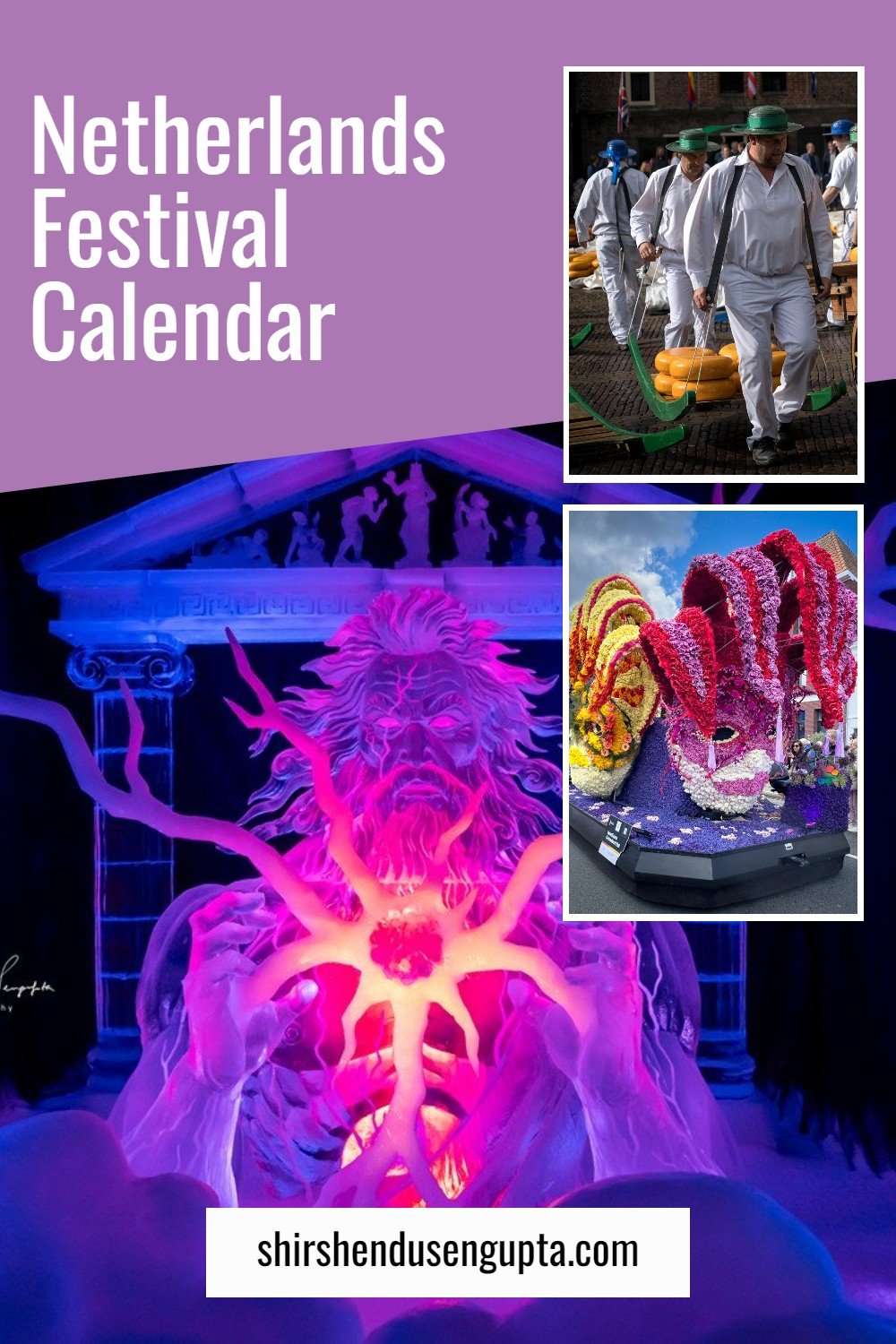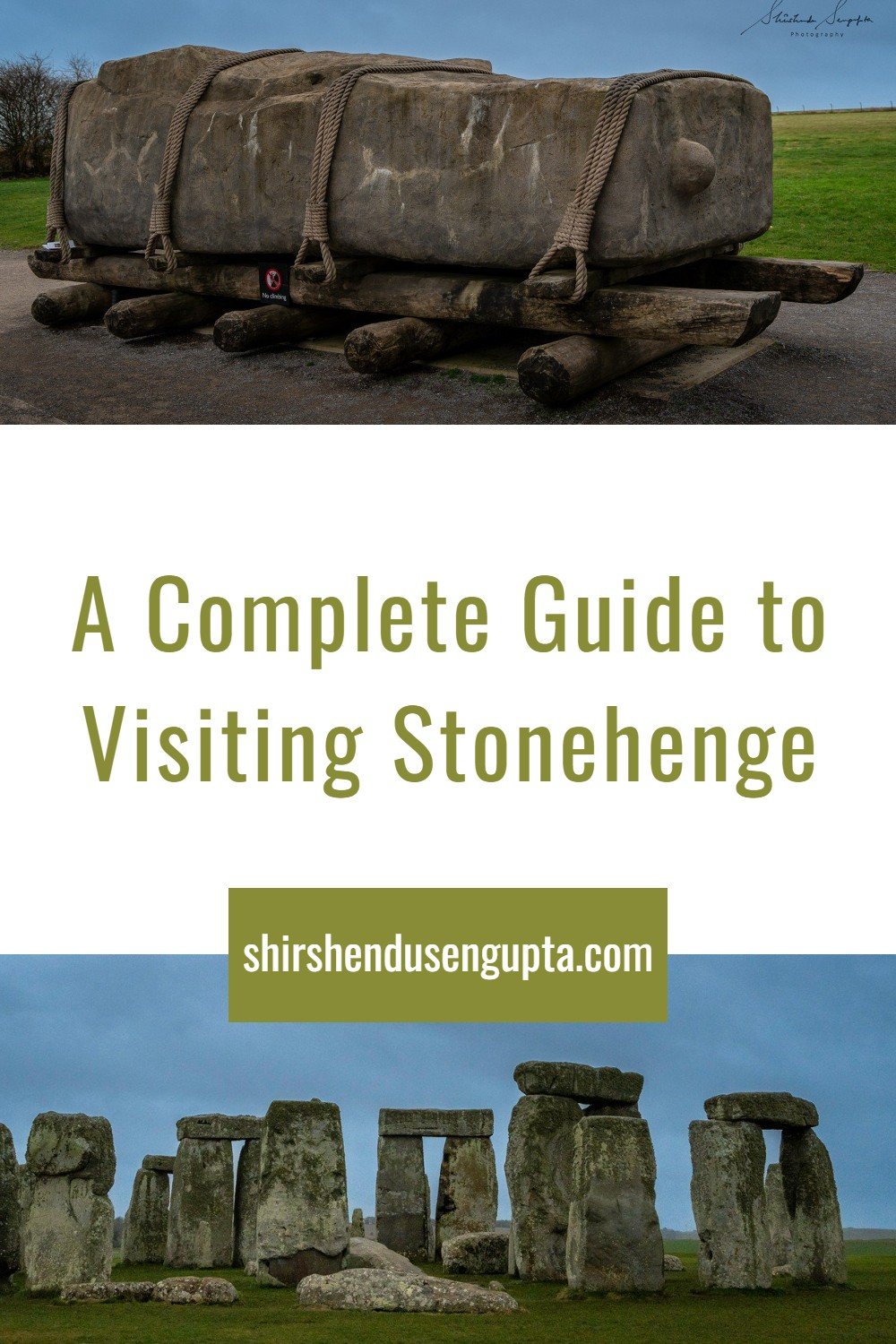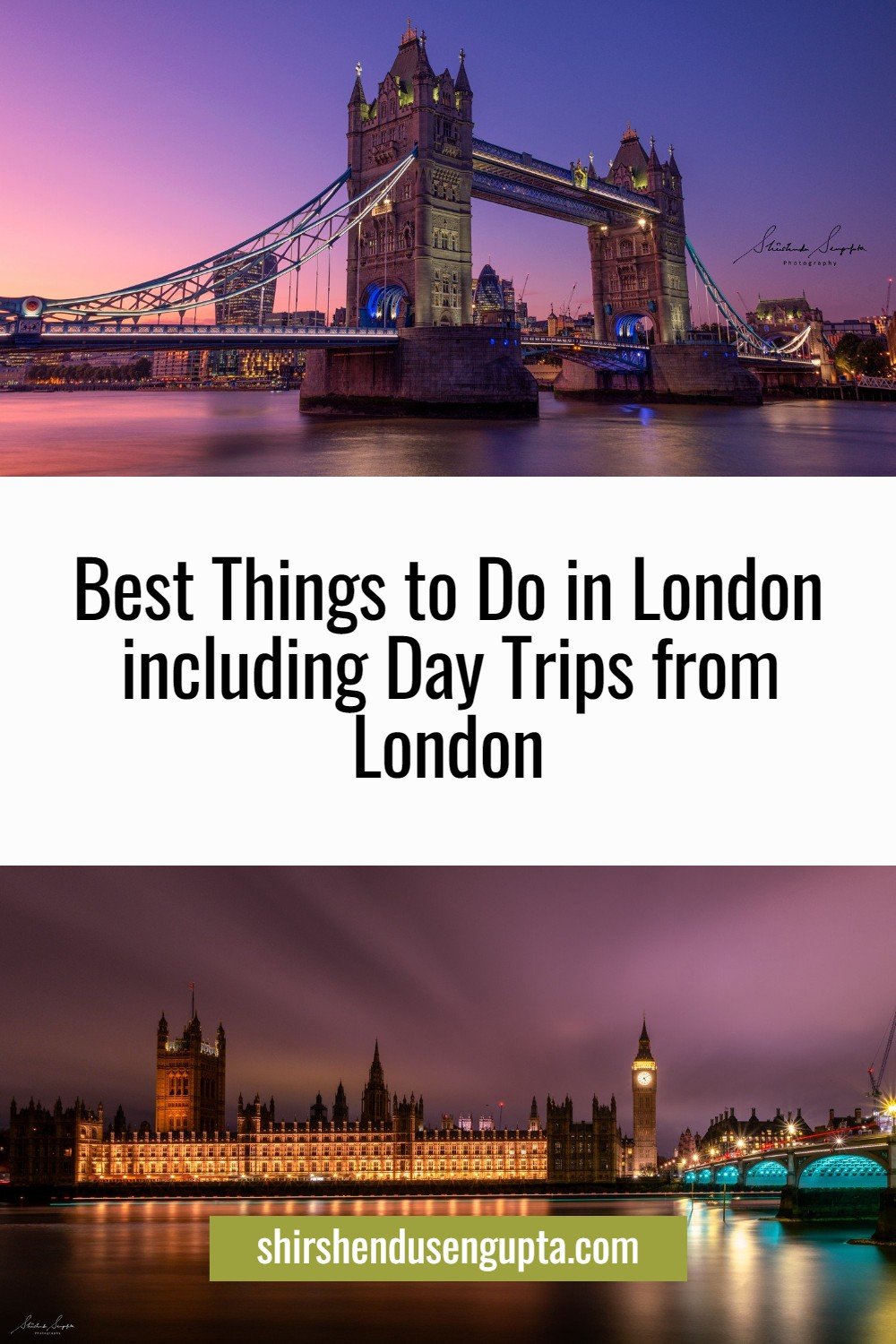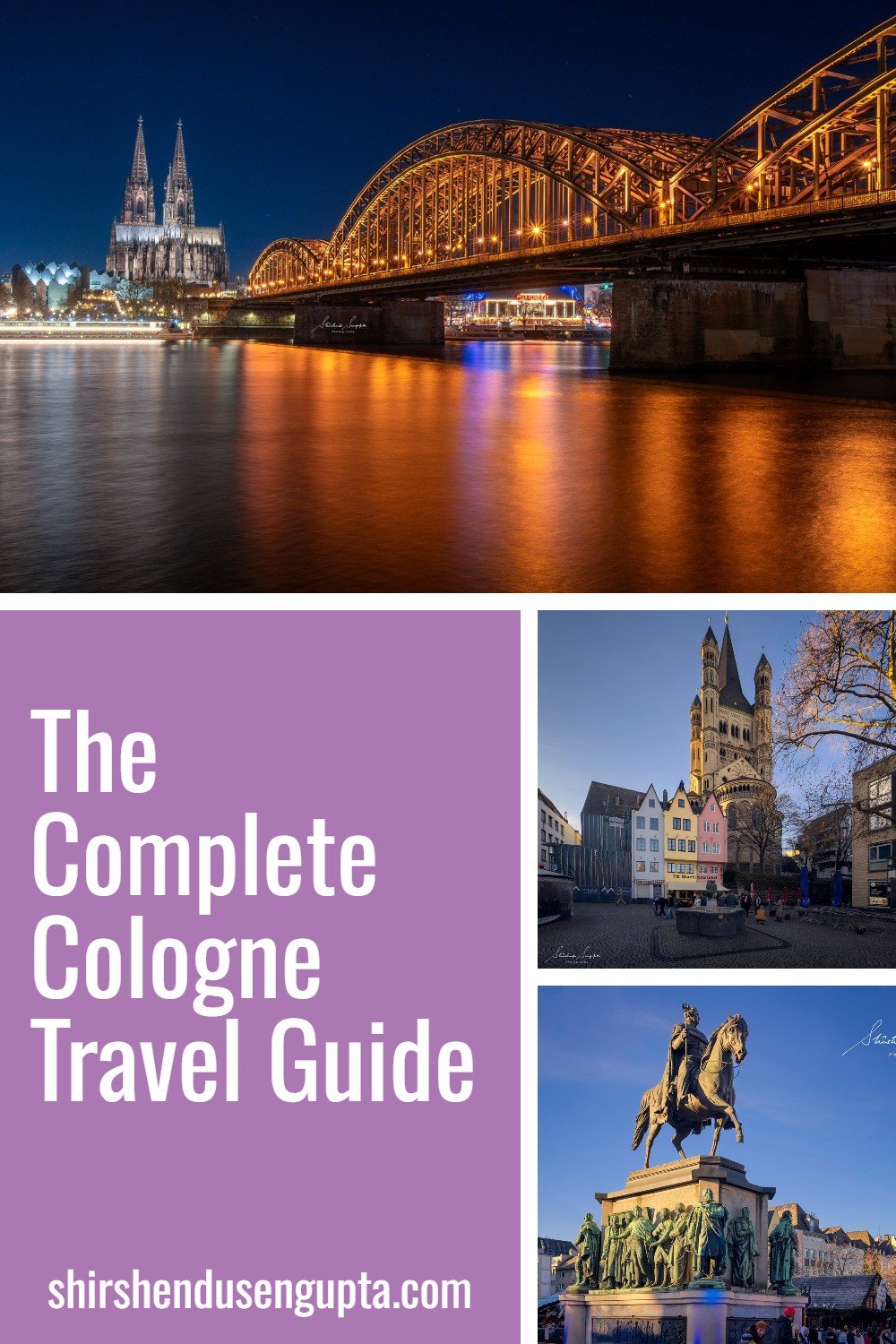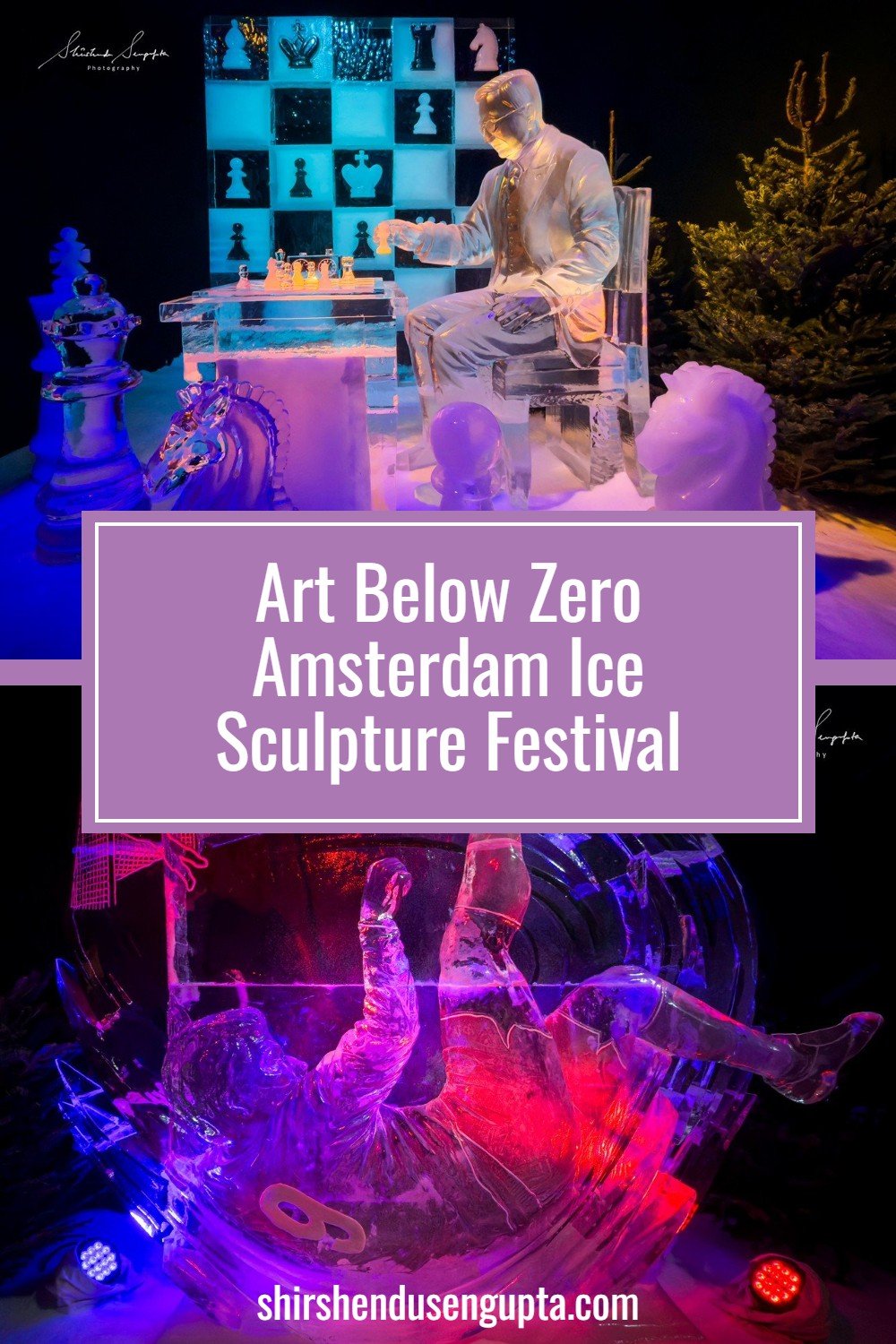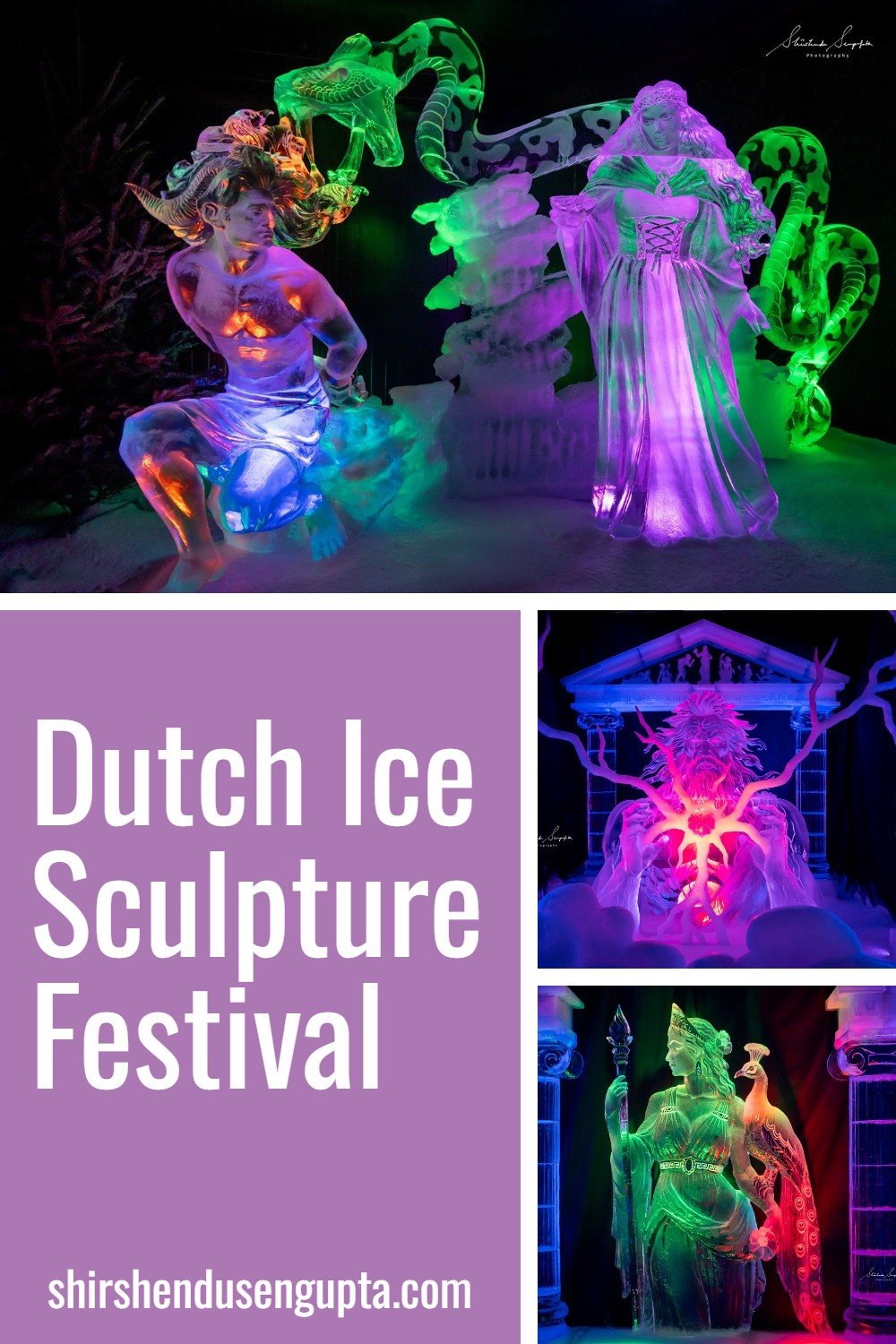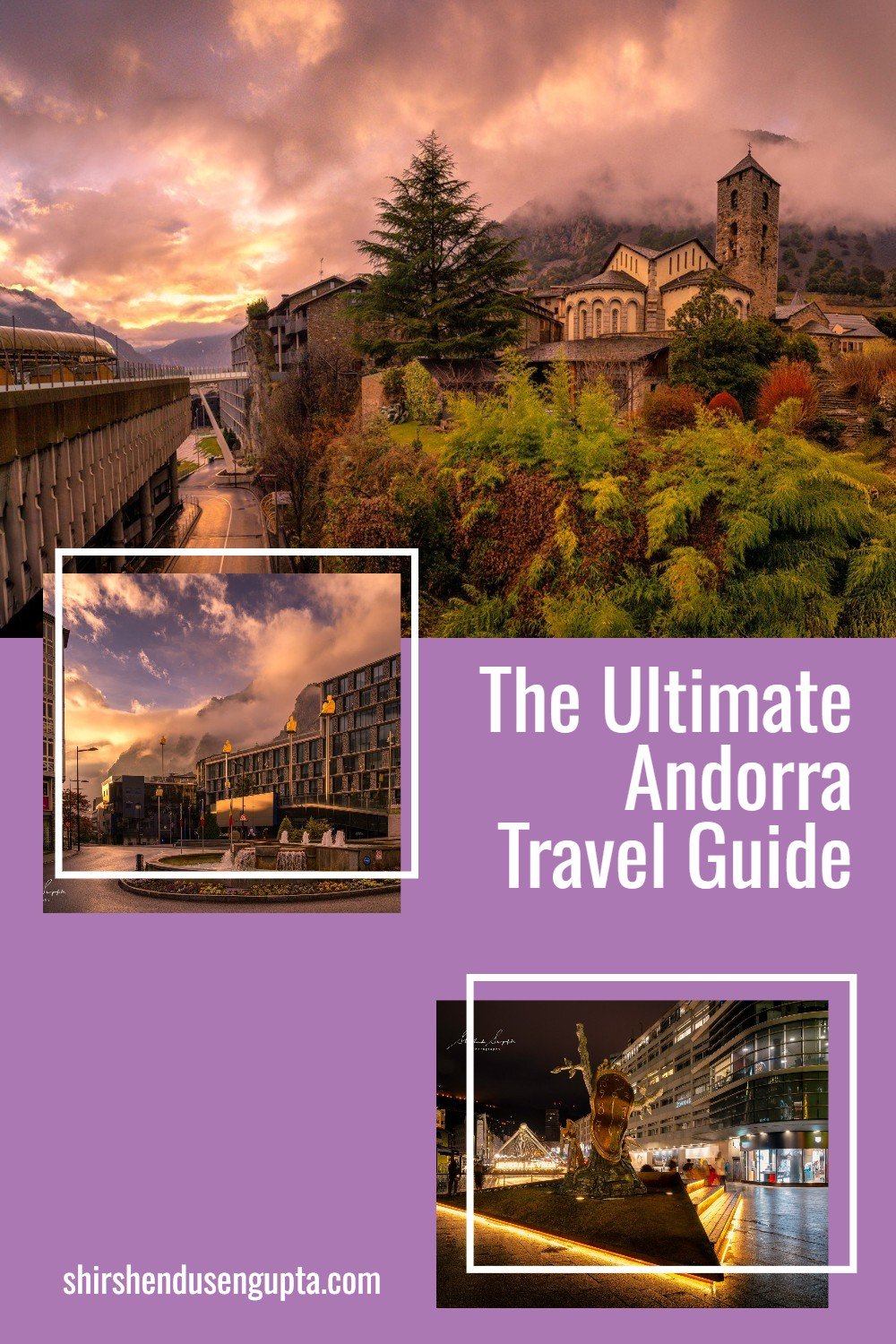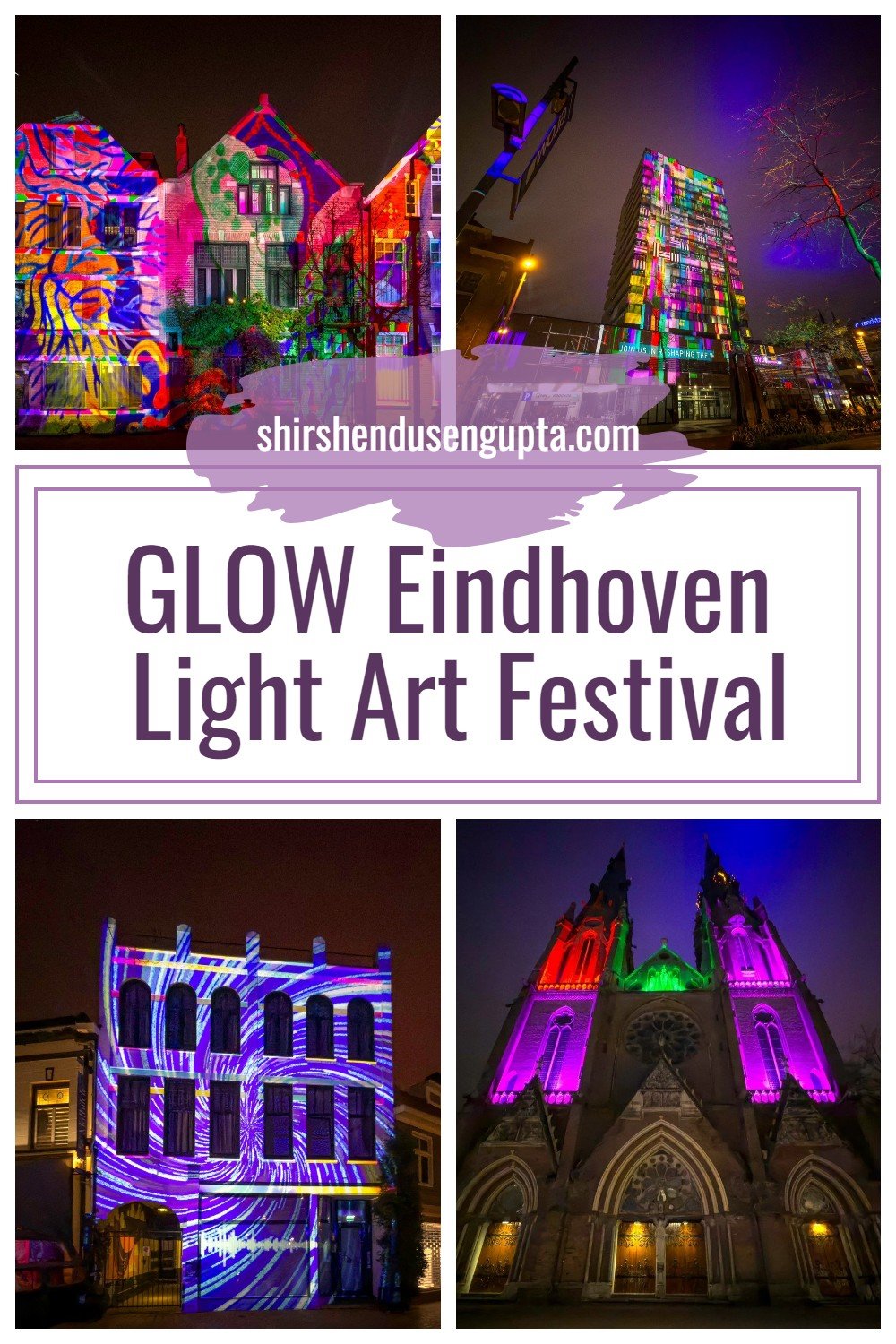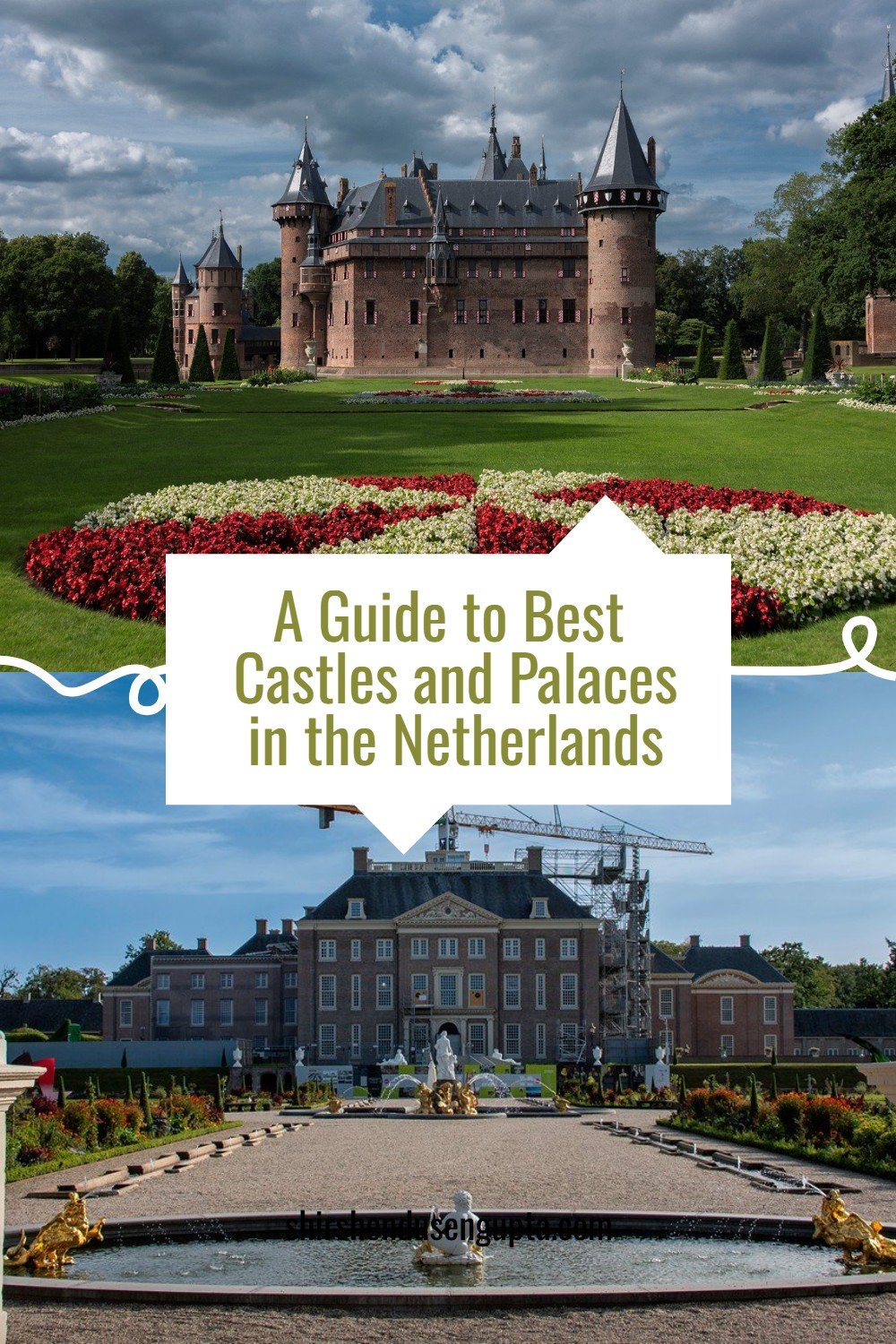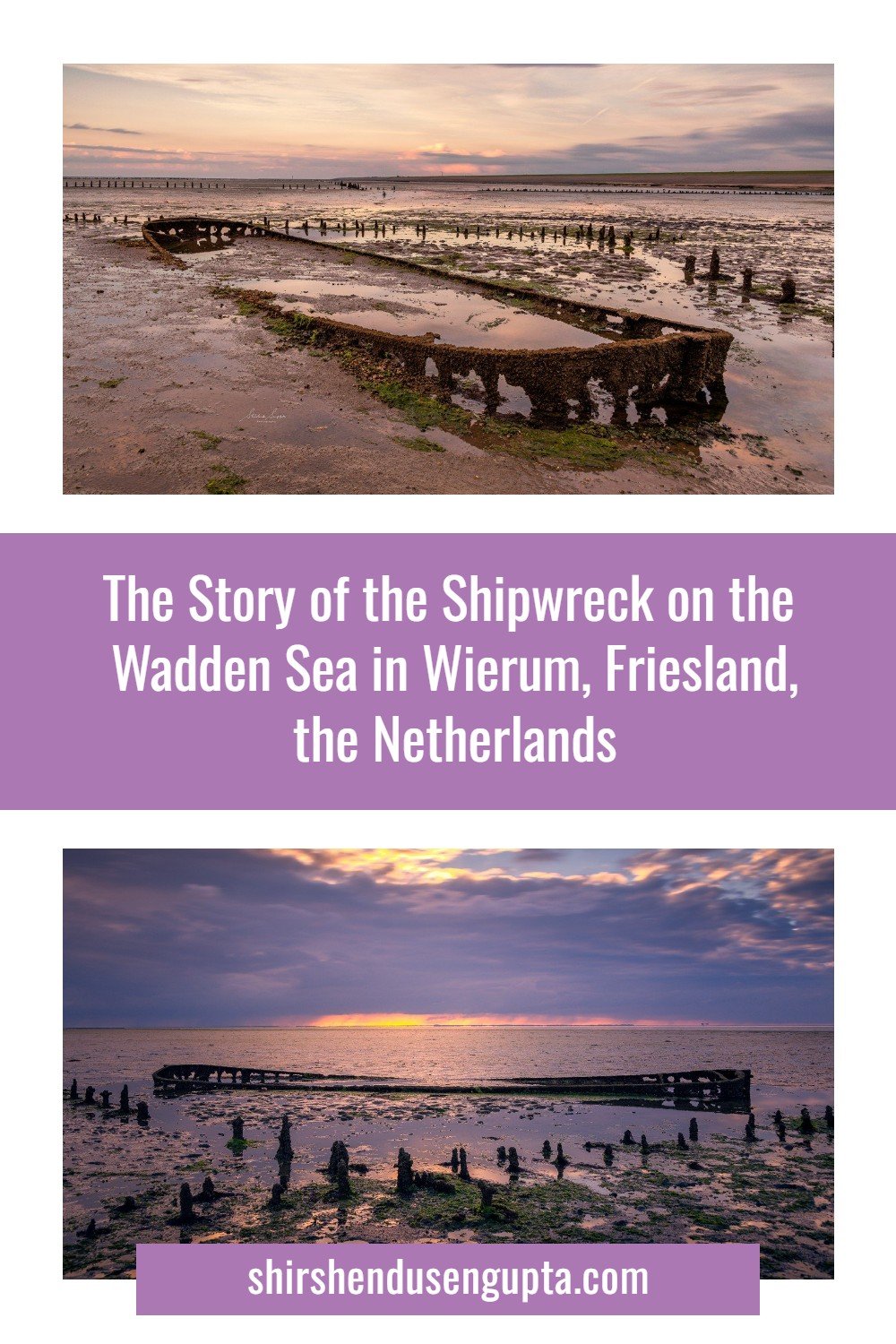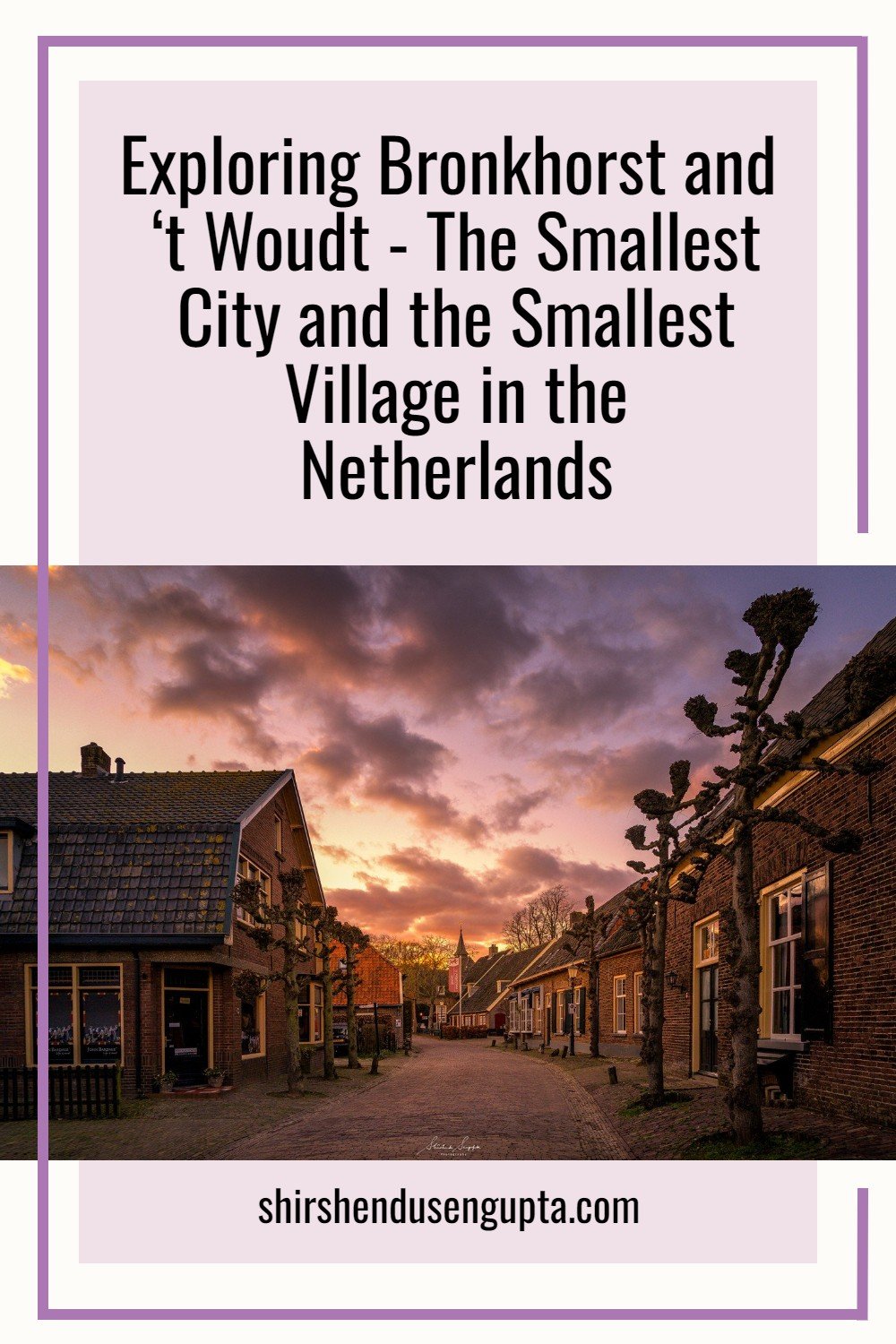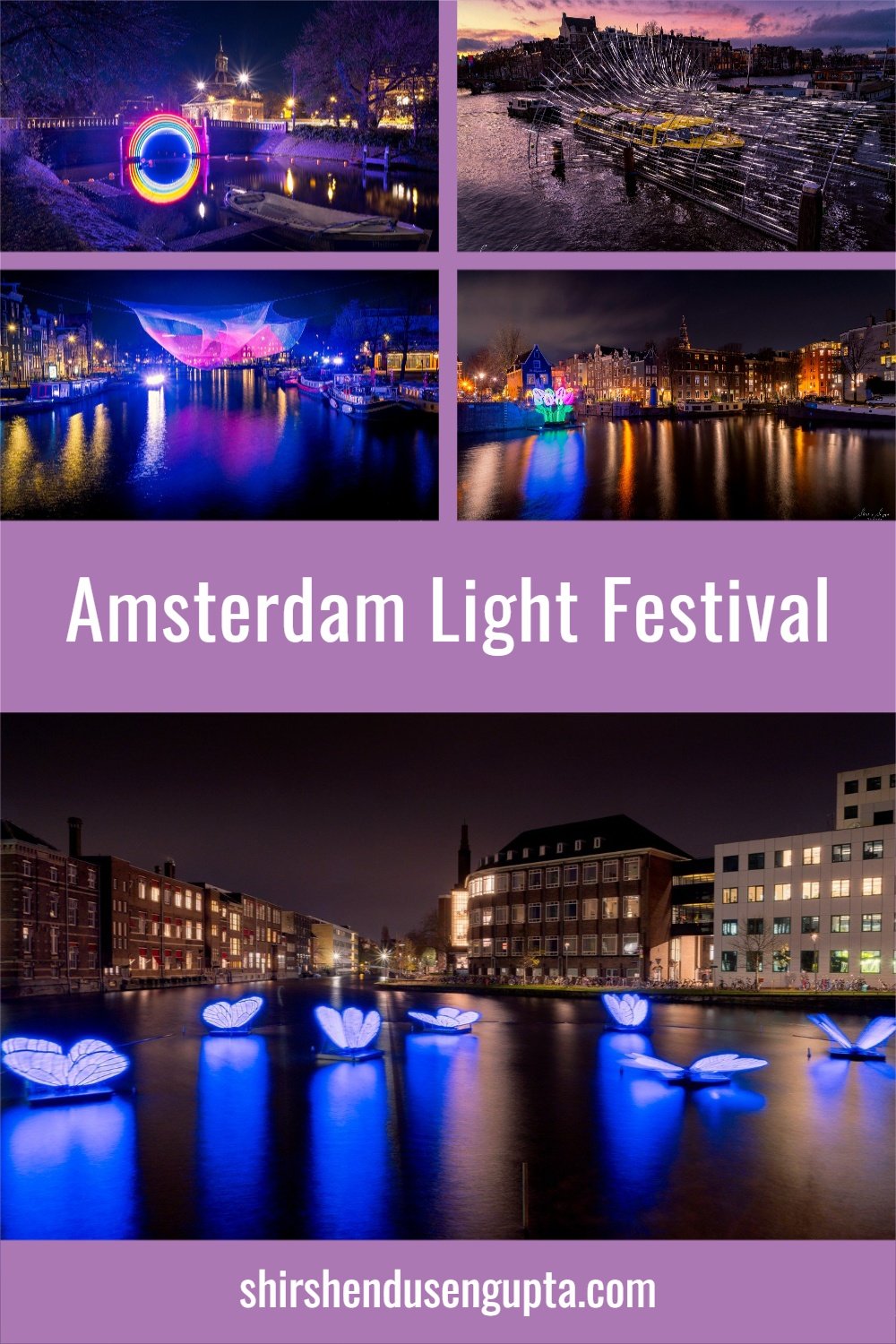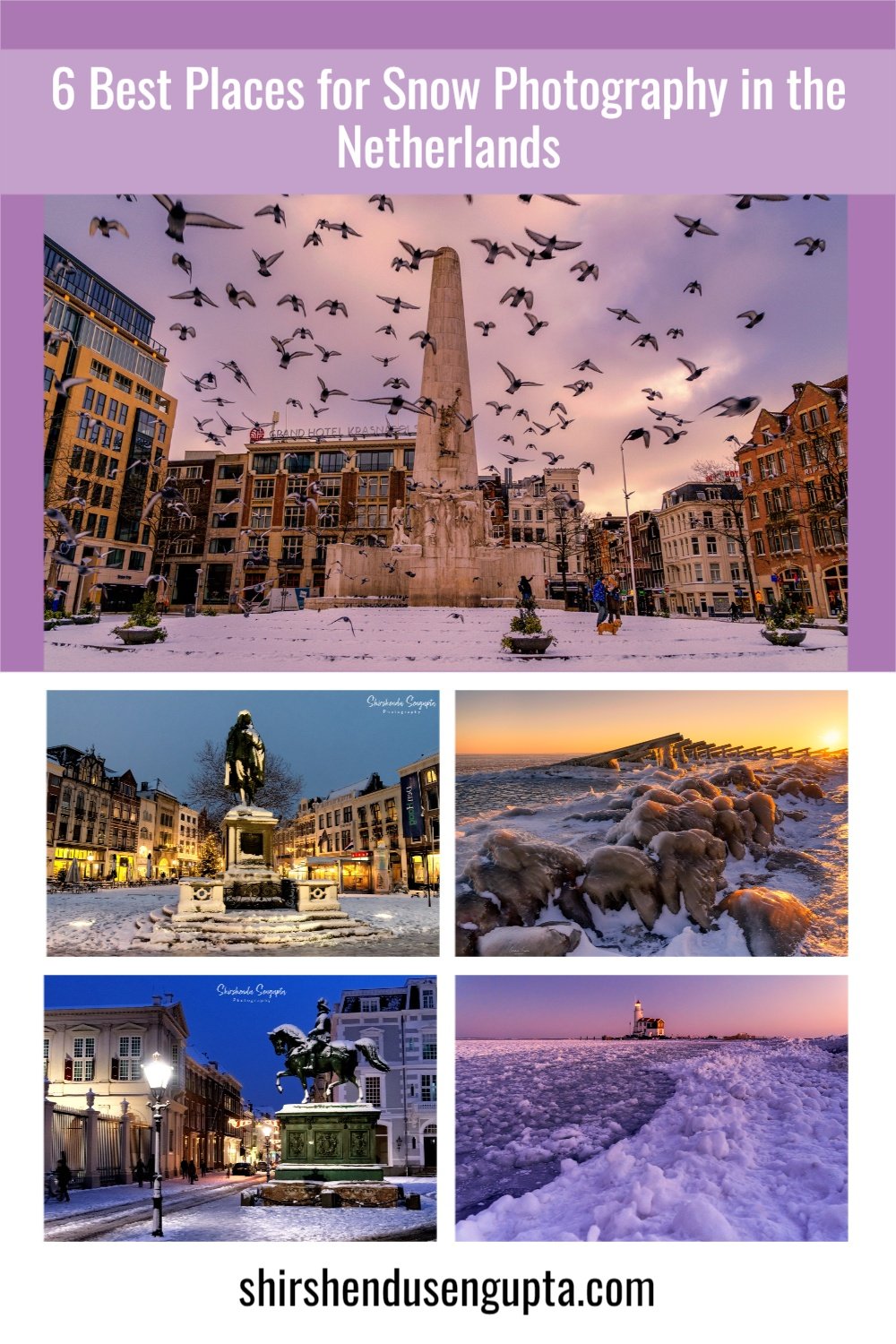The Christmas Markets of Innsbruck | Top 14 Things to See and Do during Christmas in Innsbruck | 14 Best Places to Visit during Christmas in Innsbruck, Austria
Prologue
There’s something truly magical about Christmas in Austria. Picture snow-dusted rooftops, twinkling fairy lights, the aroma of roasted chestnuts in the air, and charming markets set against breathtaking Alpine backdrops. Our journey through Innsbruck, Hallstatt, and Salzburg felt like stepping straight into a Christmas postcard, where every town square turned into a festive wonderland and every cobbled street carried the spirit of the season. From sipping mulled wine beneath the Golden Roof in Innsbruck, to wandering through the storybook lanes of Hallstatt, and soaking in the music-filled charm of Salzburg, each stop along the way offered its own unique holiday magic. So, based on our experience, today I’m going to take you along with me on a ride across the top 14 things to see and do during Christmas in Innsbruck, the capital of the state of Tyrol in Austria. Let the journey begin!
And if you want to know about the Christmas Markets in Hallstatt, please read our article The Christmas Markets of Hallstatt | Top 7 Things to See and Do during Christmas in Hallstatt | 7 Best Places to Visit during Winter in Hallstatt, Austria, or if you want to know about the Christmas Markets in Salzburg, please read our article The Christmas Markets of Salzburg | Top 7 Things to See and Do during Christmas in Salzburg | 7 Best Places to Visit during Christmas in Salzburg, Austria.
About Austria
Austria is a mountainous landlocked Alpine country in Central Europe with just 32% of its land below 500 meters (1,640 feet). The majority of the people speak German, which is also the official language of the country. Croatian, Hungarian, and Slovene are the other official languages in the area.
This little country endured more than a quarter-century of social and economic turmoil, as well as a Nazi dictatorship, in the decades after the collapse of Austria-Hungary, the multinational empire of which it had been the heart, in 1918. Nonetheless, Austria was able to develop into a stable and socially progressive nation with a flourishing cultural life reminiscent of its earlier days of international musical glory thanks to the establishment of permanent neutrality in 1955, which coincided with the withdrawal of Allied troops who had occupied the country since the end of World War II. The historic Vienna (Wien), the former seat of the Holy Roman Empire and a city famed for its architecture, is Austria's capital.
Welcome to Innsbruck
Innsbruck is the capital of the state of Tyrol in western Austria, which is a federal republic made up of nine states. Innsbruck, sometimes known as the "Capital of the Alps," is a true spectacle of creation. The Nordkette range's beautiful rock spires are so close that it's possible to go from the city's center to over 2000 m (6562 ft.) above sea level, amidst Alpine pastures where cowbells clang, in just minutes.
Top 14 Things to See and Do during Christmas in Innsbruck
1. Visit the Christmas Markets at Old Town Center (under the Golden Roof), Maria-Theresien Straße (or Strasse), and Marktplatz
The Christmas markets in Innsbruck, Austria, provide a one-of-a-kind atmosphere for creating wonderful memories. The Innsbruck Christmas market experience is genuinely authentic, with the snow-capped Alps and old cobblestone roads combined with local Christmas traditions. From the Golden Roof to 300 meters above the town at Hungerburg, there are six Christmas Markets, 200 stalls, and a 14-meter tall Christmas tree full of brilliant and glittering crystals. Innsbruck, the capital city of Tyrol, comes alive with a frenetic Christmas spirit throughout the Advent season. Out of the six Christmas markets in the town of Innsbruck, I recommend the following three as must-visits - the Christmas Markets at Old Town Center (under the Golden Roof), Maria-Theresien Straße (or Strasse), and Marktplatz.
Christmas Market at Old Town Center (under the Golden Roof)
The first and the best one is at the Altstadt (Old Town) Center where the main Christmas Tree is put up amid magnificent medieval buildings with the Golden Roof in the backdrop thereby creating a traditional, romantic, and festive Christmas atmosphere. A viewing deck provides spectacular views of the roofs of the stalls selling Christmas ornaments, handicrafts, and other winter goodies. And while you shop, mingle with the locals, or make new friends, don’t forget to keep yourself warm with the traditional dishes such as Kiachln and a mug of Glühwein (mulled wine).
Christmas Market at Maria-Theresien Straße (or Strasse)
A 5 minutes walk from the Golden Roof, is Innsbruck's main shopping boulevard Maria-Theresien Straße that hosts another Christmas Market packed with a variety of market stalls selling worldwide gift ideas and is lined with countless trees wrapped with tiny, glittering lights. This is the market to visit if you're seeking a unique memento. But beware: the enticing fragrances of mulled wine and delectable food are nearly impossible to resist!
Christmas Market at Marktplatz
If you walk another 250 meters, you will reach the third and the smallest yet most scenic market at Marktplatz (Market Place). Situated at a stunning location by the River Inn with the Austrian Alps at the backdrop, this picturesque Christmas market with a Tyrolean village vibe is ideal for families with children. During the holiday season, the market offers a diverse range of attractions for children like puppet acts, storytelling, and a traditional carousel with painstakingly sculpted figures. At the center of the square, a 14-meter-tall crystal tree gleams, and the 60 stalls brim with brightly colored gifts, handicrafts, and delectable treats like luxury chocolates, a specialty of Innsbruck.
2. Enjoy the Christmas Decors
Across the Altstadt (Old Town), you can find Christmas decors depicting fairytale stories, Christmas street lightings, and various other decorations.
3. Relish the Orchestra at the Golden Roof
The well-known Golden Roof, the city's most recognizable icon, can be found in the center of Altstadt (Old Town). Emperor Maximilian I had the roof finished in 1500 with 2,738 fire-gilded copper tiles to commemorate his second marriage to Bianca Maria Sforza. The Emperor and his wife sat on the balcony to watch festivals, tournaments, and other festivities in the square below. Today, an orchestra plays from the balcony of the Goldenes Dachl (Golden Roof) during the Christmas evenings.
4. Walk through the Triumphpforte (Triumphal Arch)
The Triumphpforte (Triumphal Arch) was commissioned in 1765 by Empress Maria Theresa to commemorate the marriage of her son the Duke of Tuscany, later Emperor Leopold II, to Maria Ludovica of Spain, and to mourn the death of her beloved husband, Francis I Stephen of Lothringen, who died during the celebrations. Today, it serves as an entryway to Altstadt, guiding visitors to the heart of the city (Old Town).
5. Wander through the Maria-Theresien Straße
The Maria Theresien Straße (or Strasse) has been dubbed the world's liveliest promenade, and practically every Austrian has chosen it as their favorite shopping location. The street is named after Maria Theresa, the powerful and only female ruler of the historic House of Habsburgs, who was affectionately known as Mother of Austria (Maria Theresa). Palaces originally owned by the city's aristocracy, as well as cafes, and stores, flank the street which runs from the Triumphal Arch in the south to Mark Gaben Street in the north, passing through several attractions like the St. Anne's Column.
6. Take a stroll along the banks of the River Inn and across the Innbrücke bridge
The moniker 'Capital of the Alps' comes from the Inn River, which runs through it. The picturesque river rises in the Swiss Alps' Engadin region and flows through the major lakes Silvaplana and Sils before emptying into the Danube. It runs through a number of cities and towns in Switzerland, Austria, and Germany, the most populous of which is Innsbruck.
Talking about the Innbrücke, the once majestic Inn Bridge served as a foundation for Innsbruck's affluence, among other things. In the 12th century, the first Inn bridge was constructed. It not only gave Innsbruck its name, but it also brought in a large sum of money. Due to the lack of a transition across the Inn at the time, all traders traveling from north to south had to pass via this point paying a high fee until the construction of the Mühlauer bridge 1581.
The current Inn Bridge has no resemblance to the previous bridge. It was erected in 1981 and is entirely functional. The city's main bridge is used by cars, bikes, and pedestrians, and it serves its purpose. The concrete bridge connects Innsbruck's gorgeous old town with Mariahilf's oldest area, St. Nikolaus. The Inn's colorful houses attest to the charm of these lanes. From the bridge, one may get a great view of the Inn valley, including the famous pastel-colored 'Innsbruck Houses.'
7. Visit the Hofburg
One of the primary attractions of Innsbruck is the Imperial Palace (also known as the Hofburg by locals), which was built by Archduke Sigmund the Rich. The Imperial Palace in Innsbruck, together with Schönbrunn Palace and the Imperial Palace in Vienna, is one of Austria's three great historic-cultural landmarks. The Imperial Palace has been restored to its full 18th-century splendor and is now a world-class museum after a multi-stage makeover costing more than 23.4 million Euros over the previous 15 years.
8. Marvel at Dom zu St. Jakob (Cathedral of St. James)
Innsbruck Church, commonly known as the Cathedral of St. James, is is an eighteenth-century Baroque cathedral of the Roman Catholic Diocese of Innsbruck, dedicated to the apostle Saint James, son of Zebedee. The cathedral was built between 1717 and 1724 on the site of a twelfth-century Romanesque church, according to designs by architect Johann Jakob Herkomer. Three domed vaults across the nave and a dome with lantern over the chancel enclose the space. St. James is considered one of the most notable Baroque buildings in Tyrol, thanks to its sumptuous Baroque interior, which was designed in part by the Asam brothers.
9. Take a Horse Carriage Ride across the Old Town
Innsbruck’s Old Town’s medieval appearance begs for ancient modes of transportation, such as a horse and carriage excursion. Near Hofgarten, there are several horses and carriages parked (right opposite Congress station). The carriage ride is offered in a variety of lengths and routes, and we went for a half-hour ride for around 25 Euros. Our driver was an older Austrian who spoke no English. Nonetheless, he provided us with information on the ancient town's history and shared tales about some of the landmarks. Because at that time I was just getting familiarized with Dutch which’s close to German in some way, I was able to get parts of his story in bits and pieces and translate them to my family. But I had to listen carefully to capture all of the nuances of the Tyrolean dialect.
10. Stay in Igls
The tiny village of Igls provides a beautiful backdrop for relaxation and amusement high above the rooftops of Innsbruck, with fresh mountain air and great visual splendor. Igls, located 5 kilometers from Innsbruck and at an elevation of 870 meters (2,854 feet), greets you with tradition and style at the foot of Mount Patscherkofel, the famous Winter Olympic venue. So, if you get a chance to stay outside Innsbruck, I highly recommend staying in Igls. We stayed just below the cable car that takes one to Mount Patscherkofel, and here is how our cottage, the surroundings, the view of Mount Patscherkofel from the lawn of our cottage, and a frozen lake beside our cottage looked like.
11. Climb to the top of Mount Patscherkofel by the Cable Car
The Patscherkofel is a mountain and ski resort in Tyrol, located 7 kilometers south of Innsbruck at an elevation of 2,246 meters (7,369 feet) above sea level. The settlement of Igls is located at the base of the mountain. The men's downhill event, as well as the bobsleigh and luge competitions in neighboring Igls, were held on the mountain during the 1964 and 1976 Winter Olympics. Axamer Lizum hosted the last five alpine skiing events. My son Ricky (then 4 years old) was very excited to see a ski resort for the first time in his life and we had lots of fun on the snow.
12. Get amazing views of the Nordkette Mountain Range from the ‘Top of Innsbruck’
The Nordkette is the Alps' crown jewel. Its majestic peaks are visible as the backdrop of the city of Innsbruck wherever you look. This breathtaking mountain range wonderfully complements Innsbruck, the Alps' Capital, and exemplifies the city's best feature: the alpine-urban connection that connects natural mountain scenery with bustling city life. Few, if any, cities in the world provide the opportunity to walk out of the office, board a cable car, and be skiing on the slopes in under 20 minutes. Innsbruck, the regional capital of Tyrol, is genuinely unique in its combination of urban living and outdoor recreation.
To climb to the ‘Top of Innsbruck,’ you need to take the Nordkettenbahnen (Nordkette Cable Car in German), which will transport you from city to summit in about 30 minutes. The journey has three legs among which the first two are shown in the Nordkettenbahnen map below.
Leg1 - The first leg consists of boarding the Hungerburgbahn funicular from the Congress Centre, a mere 10 minutes walk from the Marktplatz along the Inn River which transports you from the historic old town to the Hungerburg neighborhood, through the Alpine Zoo stop in about eight minutes.
Leg 2 - The second leg consists of disembarking at Hungerburg, passing via Hermann-Buhl-Platz, which is named after the world-famous Austrian mountaineer, and taking the Seegrubenbahn (Seegrube Cable Car) that brings you to Hafelekar, an absolute highlight at 2,300 meters above sea level with stunning panoramic views and natural alpine settings, via the Seegrube stop, at 1,905 meters above sea level, which is a popular summer and winter destination for daring mountaineers. This is where the Nordkettenbahnen stops and this is where most of the tourists call it a day as well. Here is an image of the Hafeleker Cable Car station and the view of Nordkette when we reached there.
Leg 3 - However, to get to the real ‘Top of Innsbruck,’ you need to take the third leg of the journey which consists of trekking an extra fifteen minutes to reach the Hafelekarspitze summit cross dubbed as the ‘Top of Innsbruck’, which is about 78m from the Hafelekar station. We could not do it as it was very windy that day and the trekking route was closed.
13. Dine with a sunset view at Seegrube Restaurant
On the rooftops of Innsbruck, the Seegrube Restaurant is set at an altitude of 1905 m (6,250 ft) above sea level. The restaurant is open all year and welcomes anyone who enjoys Tyrolean food as well as spectacular views of Innsbruck, particularly during sunset. There are two well-appointed function halls, making this the greatest spot in the vicinity to host birthday parties, weddings, meetings, and other events. Apart from this, there is a big open area where kids can play on the sled and adults can relax on the loungers at the edge of the cliff absorbing astounding sunset views over the Nordkette. The first image below is that of Seegrube taken from Hafeleker and the rest were taken once we reached down to Seegrube.
14. Get panoramic views of Innsbruck from Hungerburg
While you come down via the cable car from Seegrube, stop at Hungerburg Hermann-Buhl-Platz to get a warm glass of mulled wine while marveling over a stunning view of the city of Innsbruck and the Inn river at dusk.
Visiting Innsbruck
Best Time to Visit: The ideal time to visit Innsbruck primarily depends on your interests. The winter months (December to February) are great for outdoor activities like skiing, snowboarding, and hiking because the area has great snow conditions. However, the spring (April to June) and fall (September to October) months are excellent choices if you prefer milder weather and wish to explore the city and its surroundings without the snow. Since we wanted to enjoy the Christmas ambiance, we visited during the third week of December.
Number of Days to Stay: We would suggest booking a minimum of two or three days to really enjoy Innsbruck and the nearby sights around the city, as well as outdoor pursuits like skiing or hiking, depending on the season.
Best Place to Stay: There are many different places to stay in Innsbruck, from comfortable guesthouses to opulent hotels. Reserving a room in the Old Town (Altstadt) neighborhood will put you in a prime location with quick access to the city's top attractions. There are many quaint medieval-style buildings, stores, eateries, and cafes in this region, and attractions like the Imperial Palace and Golden Roof are easily accessible on foot. Alternatively, you can choose to stay in one of the nearby towns, such as Igls or Mutters, which are just a short drive or train trip from the city center, if you want a more serene setting with breathtaking mountain views. As mentioned in the article, we stayed in Igls.
Best Way to Arrive: Flying into Innsbruck Airport, which is only a short distance from the city center, is the most popular way to arrive in Innsbruck. The airport provides connectivity to important cities in Europe for both local and international flights. To get to your lodging in the city center or nearby districts, you can take a cab, shuttle bus, or public transit from the airport. During our Austrian Christmas Market trip, we first flew into Innsbruck from the Netherlands. Thereafter we spent three days in Innsbruck (including a day trip to Hallstatt). Then we traveled by train from Innsbruck to Salzburg, explored the city for another three days, and then flew back to the Netherlands from Salzburg.
Best Local Mode of Conveyance: The effective bus and tram systems in Innsbruck make traveling within the city and its environs simple. The Innsbruck Card provides free or heavily discounted entry to a number of attractions in addition to unlimited use of the city's public transit system. Additionally, hiring a car can be a convenient choice if you want to visit the neighboring villages or go skiing in the adjacent mountains. To get to neighboring locations, you can also use the train and bus services if you would rather not drive.
Epilogue
So that brings us to the end of our journey across the top 14 things to see and do in Innsbruck during Christmas. Please let us know in the comments below if you enjoyed reading this article.
And if you want to know about the Christmas Markets in Hallstatt, please read our article The Christmas Markets of Hallstatt | Top 7 Things to See and Do during Christmas in Hallstatt | 7 Best Places to Visit during Winter in Hallstatt, Austria, or if you want to know about the Christmas Markets in Salzburg, please read our article The Christmas Markets of Salzburg | Top 7 Things to See and Do during Christmas in Salzburg | 7 Best Places to Visit during Christmas in Salzburg, Austria. Until then, merry traveling and happy shooting!
Pin the article
Bookmark the article for reading later!
Want to license/buy photos in the article?
License photos for commercial/editorial use or buy photo prints!
Want us to write an article for you?
Articles for magazines, newspapers, and websites!
Watch our Videos
Check out our videos on our Youtube Channel!
Join the Newsletter
Get updates on our latest articles!
We respect your privacy. Read our policy here.



